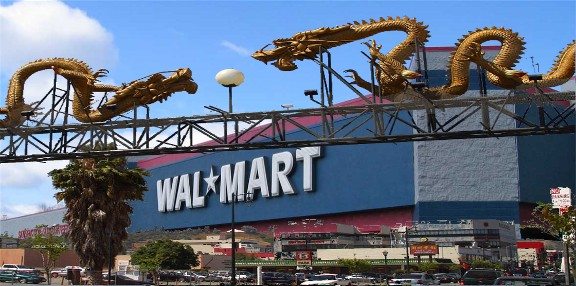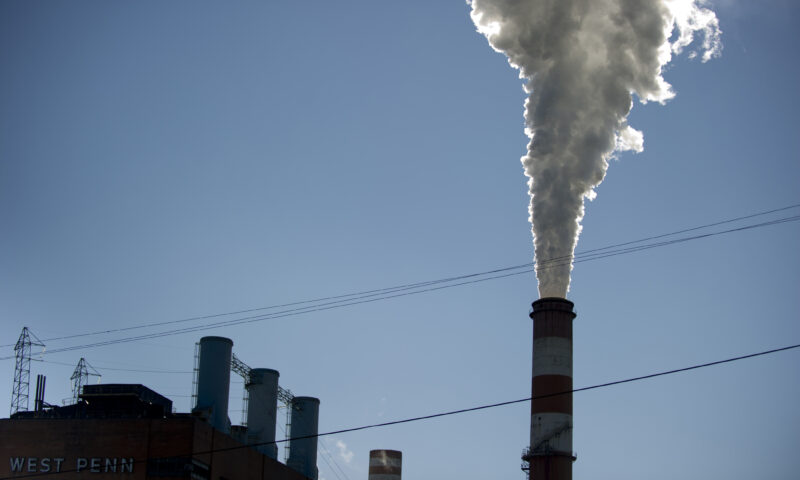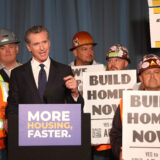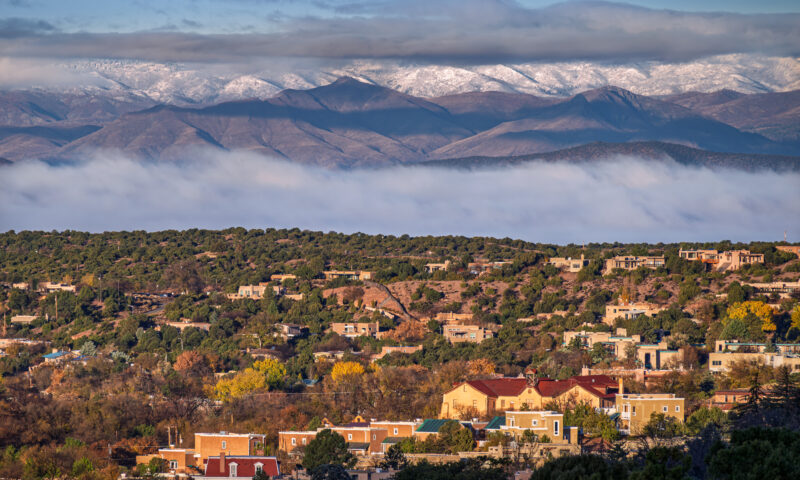Labor & Economy
As Walmart’s Chinatown Store Opens, Questions Remain

Today Walmart opened its newest supermarket, a 33,000-square-foot “grocery store” on the Chinatown corner of Cesar Chavez and Grand avenues. It’s a stone’s throw from Our Lady of the Angels’ stained-glass windows and within shouting distance of dozens of small local businesses now threatened with extinction. Local community groups had fought Walmart’s arrival as a corporate intrusion into the historic neighborhood – the store represents the retail giant’s deepest penetration into urban Los Angeles yet.
For now the new store’s critics and business competitors await the worst.
“It’s just sad for a small economy like Chinatown’s to have a large national chain whose money is going out of state and not staying in the community,” says Steven Y. Wong, interim executive director of Los Angeles’ Chinese American Museum. Wong, who says that his comments are his private opinions and not those of the museum, adds that the store “drastically changes the character of the neighborhood and will have a long-term, sustained effect on small businesses.”
Wong points out that while Bamboo Plaza once had a large 99 Ranch Market catering to Asian shopping tastes in Chinatown’s core business district, the new Walmart store sits on the outer fringe of Chinatown and is poised to drain business from mom-and-pop stores that serve the hillside neighborhoods of retirees “who rely on those little corner markets.”
Wong says there is a need for an Asian supermarket like 99 Ranch Market, whose closest outlets are located in the San Gabriel Valley, but doesn’t believe Walmart sees its immediate neighbors as its main customer base; instead, Walmart is most likely looking toward the newer, more upwardly mobile neighborhoods that are sprouting up just beyond Chinatown.
Sissy Trinh, executive director of the Southeast Asian Community Alliance, a local community group that has been a leading opponent of Walmart’s entry into Chinatown, agrees that the immediate hit from Walmart’s opening will be the neighborhood’s small markets. While many of these sell only meat or produce or bakery goods, Walmart will sell items in all categories and will present an irresistible convenience to local shoppers – many of whom don’t have cars.
“We have three dozen mom-and-pop businesses in direct competition with Walmart,” says Trinh. “[Walmart] is going to sell rice, meat and vegetables. These businesses operate on razor-thin profit margins– how do they compete with Walmart when Costco can’t?”
Trinh notes that the new Walmart’s geography almost ensures it will undermine Chinatown. Because it is located five long city blocks away from the community’s commercial center that runs along touristed Hill Street and Broadway, Walmart “cannot become a retail anchor to anything.” However, Walmart’s potentially devastating impact on more than 30 mom and pops will have “a ripple effect,” according to Trinh, who says that this many boarded-up stores will scare off investors and tourists alike.
“People will say Chinatown’s dead,” says Trinh. “No one will come here.”

-

 Latest NewsNovember 19, 2025
Latest NewsNovember 19, 2025How Employers and Labor Groups Are Trying to Protect Workers From ICE
-

 Latest NewsNovember 18, 2025
Latest NewsNovember 18, 2025Future of Special Education at Risk, Teachers Say, as Trump Moves to Cut Staff and Programs
-

 The SlickNovember 18, 2025
The SlickNovember 18, 2025After Years of Sparring, Gov. Shapiro Abandons Pennsylvania’s Landmark Climate Initiative
-

 Latest NewsNovember 17, 2025
Latest NewsNovember 17, 2025In South L.A., Black and Latino Neighbors Unite Against ICE as Systems Fail
-

 Column - State of InequalityNovember 21, 2025
Column - State of InequalityNovember 21, 2025Seven Years Into Gov. Newsom’s Tenure, California’s Housing Crisis Remains Unsolved
-

 StrandedNovember 25, 2025
StrandedNovember 25, 2025‘I’m Lost in This Country’: Non-Mexicans Living Undocumented After Deportation to Mexico
-

 Column - State of InequalityNovember 28, 2025
Column - State of InequalityNovember 28, 2025Santa Fe’s Plan for a Real Minimum Wage Offers Lessons for Costly California
-

 The SlickNovember 24, 2025
The SlickNovember 24, 2025California Endures Whipsaw Climate Extremes as Federal Support Withers

